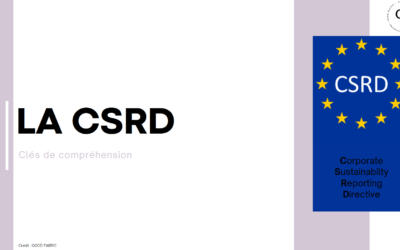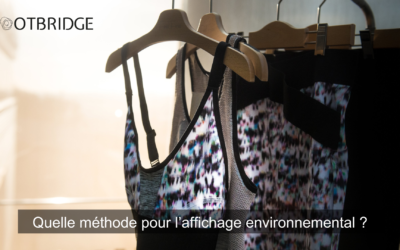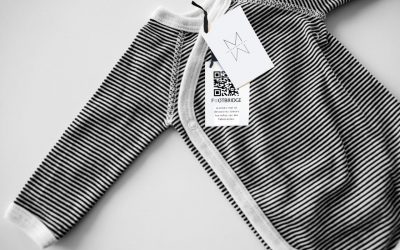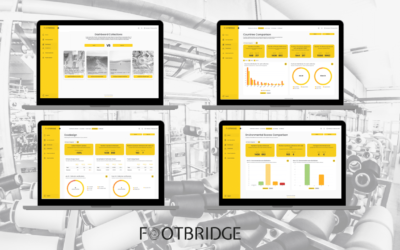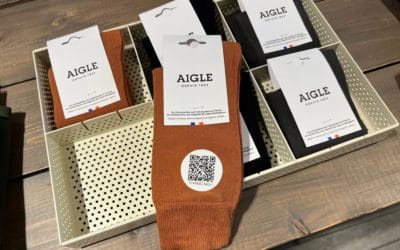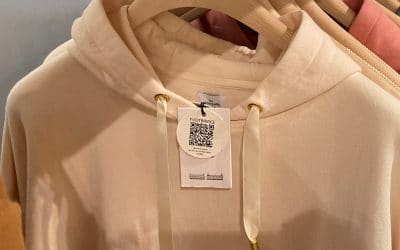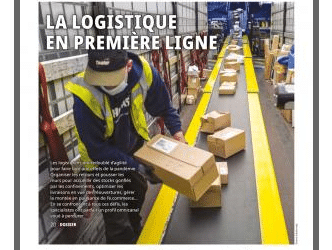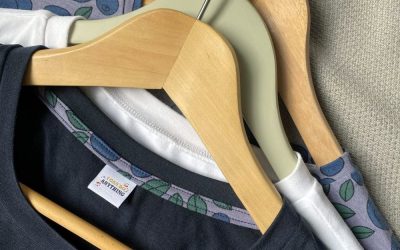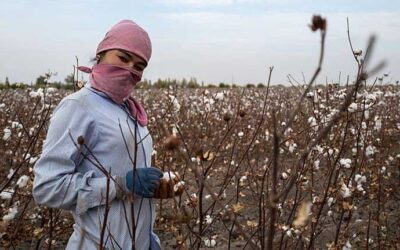The CSRD is part of the “Green Deal”, the EU’s plan to make Europe the 1st carbon-neutral continent by 2050. Every company involved will have to comply.
Blog FOOTBRIDGE
La révolution green est en marche. Retrouvez notre actu et nos articles
Ademe Method or PEF: How to navigate textile environmental labeling?
Ademe to present its method for environmental textile labelling. What’s the difference with the European eco-score and the PEFCR Apparel & Footwear method?
How to reduce the carbon footprint of your textile products?
The textile industry, with its massive carbon footprint, has become a focal point in current environmental debates. At Footbridge, we are aware of this issue and are committed to helping industry stakeholders understand and reduce the environmental impact of their...
Why is the textile industry so polluting?
When tackling the environmental impact of a garment, it’s crucial to understand the major impact factors as well as the real-world conditions at every stage of its manufacturing, use, and end-of-life.
Towards a more responsible company: The challenges and opportunities of CSRD
Over the past two decades, the fashion landscape has evolved towards a growing awareness of the environmental and social impact of companies. In this sense, the CSRD (Corporate Sustainability Reporting Directive) is emerging as a crucial step towards greater...
CSR Management Tools by FOOTBRIDGE
FOOTBRIDGE presents its new dashboards to make it easier to understand CSR issues and identify potential risks linked to the manufacture of collections.
Sustainable fashion, reality or greenwashing?
The fashion industry is one of the most polluting industries in the world, but you already knew that, right? In addition to massive water pollution, it significantly contributes to global warming, accounting for nearly 10% of global greenhouse gas emissions. The...
The new requirements with Article 13 of the AGEC law
Decree no. 2022-748, published in the French Official Journal on April 30, makes article 13 of the AGEC law immediately applicable to companies in the textile/clothing sector, in particular through the obligation to communicate the traceability of their products.
What is the purpose of the traceability label for textiles?
QR Codes will soon be appearing everywhere on clothing labels in the coming months and years. What are they for? Can we trust this information? Consumers’ demands for transparency are prompting players to provide more information about the manufacturing of their products. This becomes a strategic issue for brands, provided they have something to say.
Transparence : une appli permet de connaitre toutes les informations sur la fabrication des vêtements
Retrouvez l’article de Fashion United
Footbridge rend la mode plus transparente
La première plateforme de tracabilité via la technologie de la blockchain pour la mode vient d’être lancée. Elle s’appelle Footbridge…
Une plateforme pour (enfin) connaître les conditions de fabrication de vos vêtements
(ETX Studio) – Bonne nouvelle pour celles et ceux qui réclament davantage de transparence dans le secteur de la mode. Une nouvelle plateforme, Footbridge, offre désormais la possibilité d’accéder aux informations relatives aux conditions de fabrication d’un produit textile. Un dispositif qui permet également aux marques de mieux maîtriser chacune de ces étapes de conception.
Footbridge : une plateforme pour connaitre l’empreinte environnementale d’un produit
Le spécialiste de la mode éthique Good Fabric et l’expert de la traçabilité blockchain Tilkal annonce le lancement d’une plateforme, Footbridge, qui entend permettre d’établir une traçabilité fiable pour les produits textiles.
LES MARQUES FACE AU RISQUE REPUTATIONNEL
Le scandale des Ouïghours n’en finit pas de rebondir partout dans le monde. L’article du Fashion Network « Ouïghours: sur quoi repose la plainte déposée contre Inditex, Uniqlo, SMCP et Skechers? » en est un nouvel exemple. Une marque qui se veut « Conscious »...

